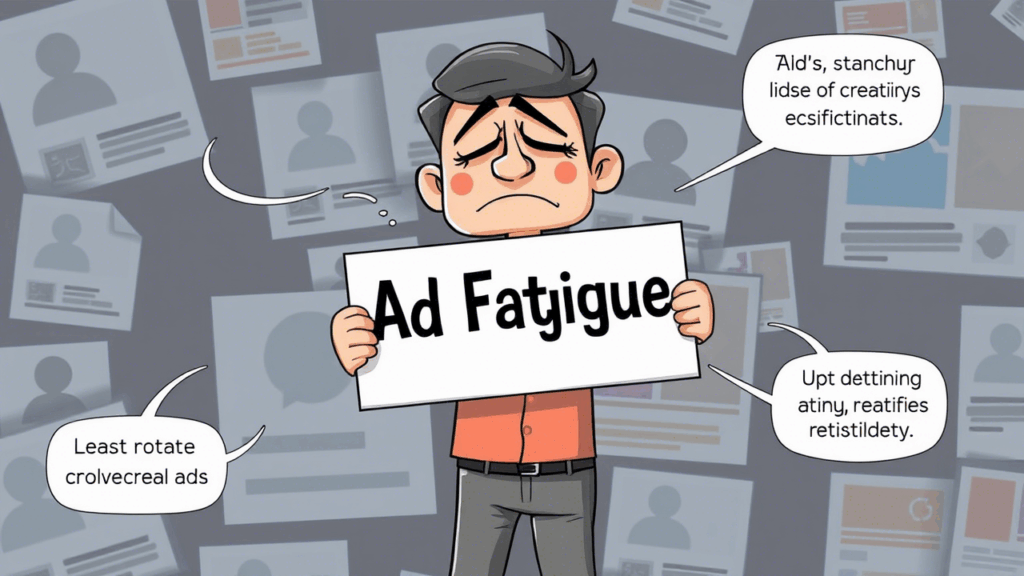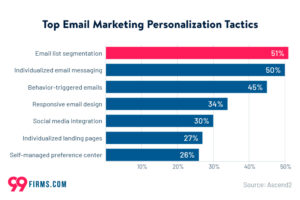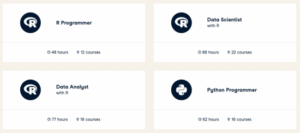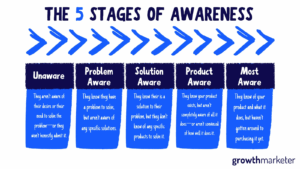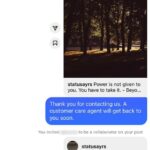Imagine scrolling through your social media feed and constantly seeing the same ad. At first, it might catch your eye—but eventually, it starts to feel repetitive, irritating, and easy to ignore. That’s the effect of ad fatigue in action.
Ad fatigue is a frequent challenge in digital marketing that can lead to decreased engagement, lower conversions, and wasted advertising budgets. But here’s the good news: it’s entirely preventable.
In this guide, we’ll break down what ad fatigue is, what causes it, and the best ways to keep it from affecting your campaigns.
What is Ad Fatigue?
Ad fatigue happens when your audience is exposed to the same ad too often. Over time, this repetitive exposure leads to diminishing returns—people start tuning out, engagement drops, and the overall effectiveness of your ad campaign decreases. This is a common issue across platforms like social media, display networks, and search advertising.
Signs Your Ads Are Suffering from Ad Fatigue:
- Decreasing Click-Through Rates (CTR)
- Rising Cost Per Click (CPC)
- Fewer Likes, Shares, and Comments
- High Frequency (same users seeing the ad too many times)
Why Does Ad Fatigue Happen?
Ad fatigue can be caused by several factors, including:
- Repetitive Exposure
When users see the same ad too often, they begin to ignore it. The novelty wears off, and it no longer grabs attention. - Lack of Creative Variety
If your ad uses the same visuals or messaging for extended periods, it can start to feel stale and uninteresting. - Audience Saturation
If your targeting is too narrow, a small group of users might be exposed to your ads repeatedly, which leads to exhaustion and disinterest. - Irrelevant Content
Ads that don’t resonate with users’ current needs or interests won’t perform well, even if they’re shown frequently.
How to Prevent Ad Fatigue
The good news is that you can avoid ad fatigue with a few smart strategies:
- Rotate Creatives Frequently
Refresh your ad creatives every 7–14 days. Consider changing:- Images and Videos
- Headlines and Taglines
- Call-to-Action (CTA) Buttons
- Ad Copy Styles
- Leverage Dynamic Ads
Platforms like Facebook and Google offer dynamic ads that adjust content based on user behavior, ensuring that your ads stay relevant and personalized. - Expand Your Targeting
Avoid overloading a small audience. You can:- Create lookalike audiences to reach similar users.
- Adjust demographic and geographic settings.
- Explore new interests and behaviors.
- A/B Test Ad Variations
Continuously test different ad variations to find out what works best. Experiment with different visuals, messaging, and CTAs to keep things fresh and effective. - Control Ad Frequency
Most platforms allow you to set frequency caps, which limit how often your ads are shown to the same users. This prevents oversaturation and keeps your audience engaged. - Use Retargeting Strategically
Retargeting can be highly effective, but it needs to be used carefully. Limit your retargeting efforts to recent visitors (e.g., within 7–14 days) and use sequential ads to tell a story, rather than repeating the same message. - Track and Analyze Performance
Keep an eye on key metrics such as CTR, CPC, engagement, and ad frequency. Regularly monitoring these will help you catch signs of ad fatigue early and make adjustments before it impacts your campaign.
Wrapping Up
Ad fatigue might not always be immediately noticeable, but it can silently undermine the success of your digital campaigns. The key to preventing it is to stay proactive. Refresh your ad creatives regularly, expand your audience targeting, run A/B tests, and monitor your performance metrics.
By implementing these strategies, you’ll not only fight ad fatigue but also improve your ROI and ensure your ads continue to resonate with your audience.
So, ask yourself—are your ads starting to feel stale? If they are, it might be time to give them a fresh new look.
